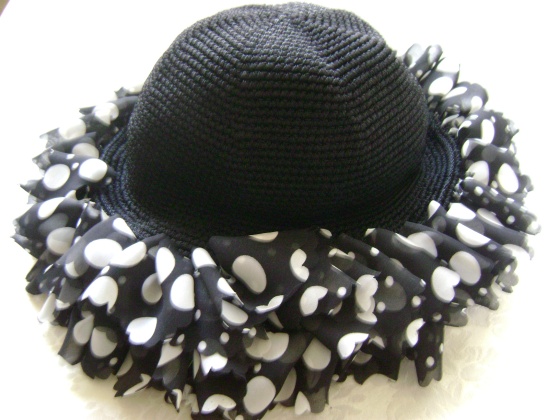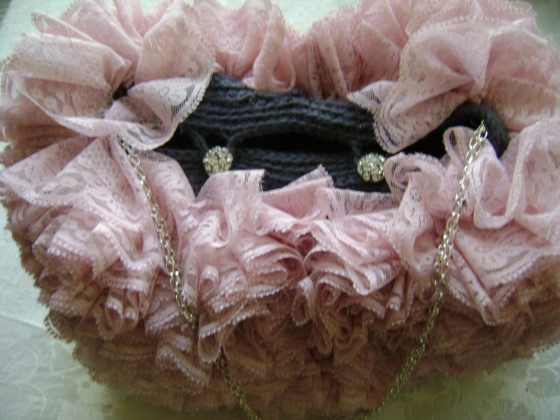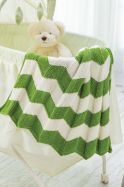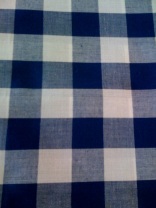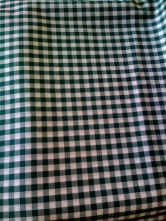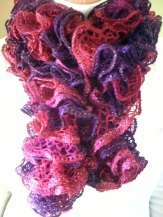In this blog I’ll be discussing various crochet stitches and techniques as I continue to explore them myself. I love learning new techniques, experimenting with known stitches and developing new ways to use them. I also love crocheting and enjoying sharing it with others.
Subscribe to My Crochet Channel or go to: YouTube.com TanisGalik
First, there is Interlocking Crochet™. While I continue to develop Interlocking Crochet™ designs and projects, I’m also working to make the technique more accessible to all crocheters through free videos, comments on various forums such as Ravelry, answering personal questions by email and creating schematics (using crochet symbols instead of words for each design).
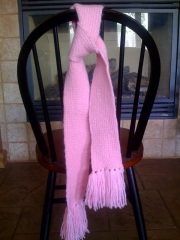 My other focus is Simple and Sensational™. I want to encourage new crocheters – young and old – to enjoy crocheting as much as I do. I’m creating a program that will walk beginners (or those who just want to revisit crochet) through various stitches, starting with the most basic and moving to the more complicated techniques. The fabric in the picture is a perfect example. It is made from what? Slip stitches!!! As I went back to the absolute most basic stitch, what was the result? A lovely scarf made entirely from slip stitches. It proves to be a great first project for anyone learning this simple stitch.
My other focus is Simple and Sensational™. I want to encourage new crocheters – young and old – to enjoy crocheting as much as I do. I’m creating a program that will walk beginners (or those who just want to revisit crochet) through various stitches, starting with the most basic and moving to the more complicated techniques. The fabric in the picture is a perfect example. It is made from what? Slip stitches!!! As I went back to the absolute most basic stitch, what was the result? A lovely scarf made entirely from slip stitches. It proves to be a great first project for anyone learning this simple stitch.
And what could be better in these difficult economic times than to create luxurious, high fashion items at a reasonable price? The satisfaction of creating a beautiful item for yourself or the joy of making an exquisite present gift for someone else is the real gift of crochet.
